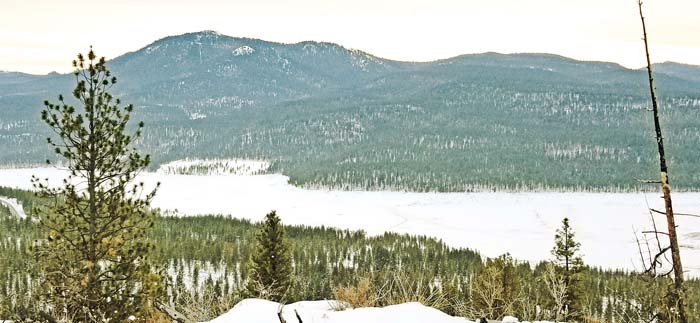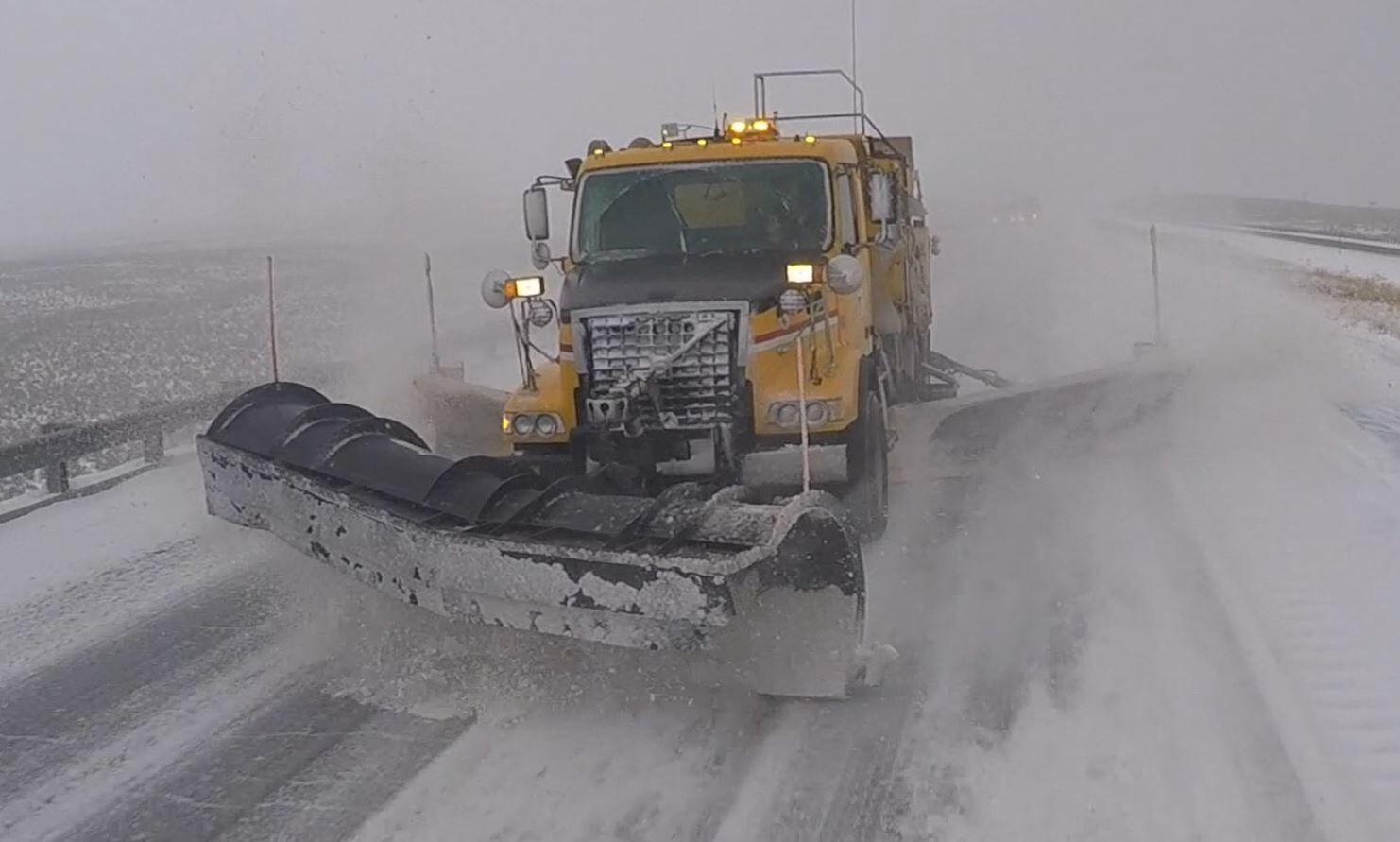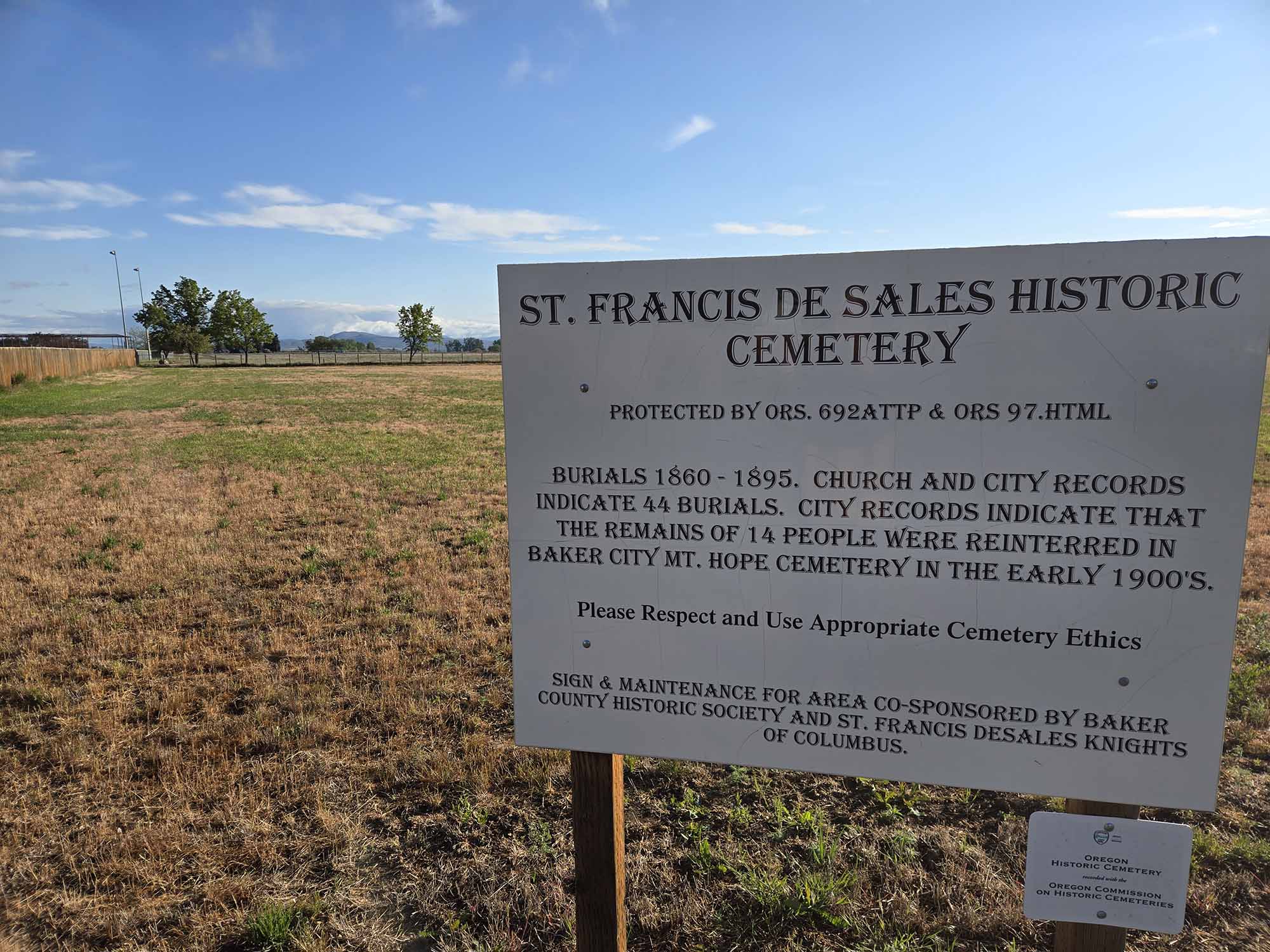Snowshoe With a View
Published 12:40 pm Friday, January 11, 2019

- Jayson Jacoby/Baker City HeraldThe view from Indian Rock includes frozen Phillips Reservoir in the foreground, and Black Mountain.
Hikes should include a viewpoint.
Trending
As with most proclamations which feature that most vexing of words — should — this one envisions an eternally happy but theoretical world rather than the occasionally dismaying real one we actually inhabit.
I should, for instance, be able to play the acoustic guitar parts from “Stairway to Heaven.”
But my fingers disagree.
Trending
Most hikers, I’d wager, prefer to be rewarded for their efforts with a fine vista — ideally one near the midpoint of the journey, a place where they can rest and munch a granola bar while absorbing the sublime scenery of the mountains.
Unfortunately this requires a confluence of topography, foliage and weather which can’t be relied on.
Even when your route brings you to an elevated perch, sometimes obstinate trees largely obscure your sightlines.
And because mountains are often cloaked in clouds, the absence of trees on a summit does not guarantee an unimpeded view either.
But just as I can’t resist the occasional urge to pick up my guitar and try to replicate Jimmy Page’s deft fretwork, often as not when I set out for a walk I’ll plot a course that includes at least one potential point where, if the fates allow, I might be able to have a look around.
This compulsion is more acute when I’m wearing snowshoes.
The reason is twofold.
First, getting around on snowshoes is inherently more taxing, physically, than when you don’t have a couple pounds of plastic or aluminum strapped to your boots.
The second, and very much related reason, is that the slightly awkward gait that snowshoes demand ensures a generally slower pace.
(Or a faceful of snow, if you are disdainful of physics.)
So I’m covering less ground but expending more energy — little wonder, then, that I want the subjective beauty of a view to go along with objective benefits of cardiovascular exercise.
The place I return to more often than any other to satisfy this demand — or at least to try — is Indian Rock.
It’s decidedly modest, as summits go.
Indeed it’s not truly a summit, in the way that, say, the top of Mount Hood is a summit.
Indian Rock is more aptly described as a promontory, a little thumb of rock that juts slightly above an unremarkable slope about a mile north of Phillips Reservoir.
Although the nob stands just 600 feet or so above the reservoir, in the Sumpter Valley about 17 miles southwest of Baker City, the view is extensive. Or can be.
The reservoir and its backdrop, the forested bulk of Black Mountain, dominate the southern skyline. The peaks of the Elkhorns stretch to the northwest horizon, with the range’s highest point, 9,106-foot Rock Creek Butte, forming from this angle a nearly perfect pyramid that is quite unlike its round-topped visage from most other vantage points.
The prominent mountain to the west is Mount Ireland, the apex of a subrange of the Elkhorns between Sumpter and Granite.
Although on a stormy day you probably won’t be able to see the Elkhorns or Mount Ireland, unless it’s a rare day with dense fog you should be able to see the reservoir below and a section of Sumpter Valley.
Indian Rock’s other attraction is its accessibility.
A trail of a little more than a mile leads to the top, and the path is relatively easy to follow even when the snow depth exceeds 2 feet.
The terrain is gentle enough, though, that you can also eschew the trail and just hike northeast from the junction of Highway 7 and the Union Creek Road, No. 2225. Or take the trail to the top and then bear southwest on the way down.
It’s an ideal trip for a beginning, or even first-time, snowshoer.
I’ve hiked to Indian Rock in all seasons but winter is my favorite. The snow, of course, transforms the landscape, which without its white mantle is a rather dour mix of grass, second-growth ponderosa pines and junipers.
But I also appreciate winter for the absence of ticks. The bloodsucking arachnids absolutely festoon the trailside bitterbrush and other shrubbery during the spring and summer.
To get to Indian Rock, drive Highway 7 south and west from Baker City for about 15 miles, heading toward Sumpter.
Between Mileposts 33 and 32 (the numbers go down as you continue toward Sumpter), look for the Union Creek road on the right side of the highway.
Depending on the amount of snow (and your vehicle’s capability, and your aversion to getting stuck), you might be able to drive to the trail itself, which starts a few hundred yards north of the highway, on the right side of Union Creek Road.
But typically during most of the winter ODOT’s snowplows leave a formidable berm of snow that blocks the road. There’s usually room for a few vehicles to park safely off the highway, though.
The entire hike is on the Wallowa-Whitman National Forest, and no parking pass is required.
Indian Rock Trail
• Just north of Phillips Reservoir, about 17 miles southwest of Baker City
• Drive Highway 7 toward Sumpter to its junction with Union Creek Road, No. 2225, between Mileposts 33 and 32
• Trail is a little longer than 1 mile, one way, with an elevation gain of about 400 feet









